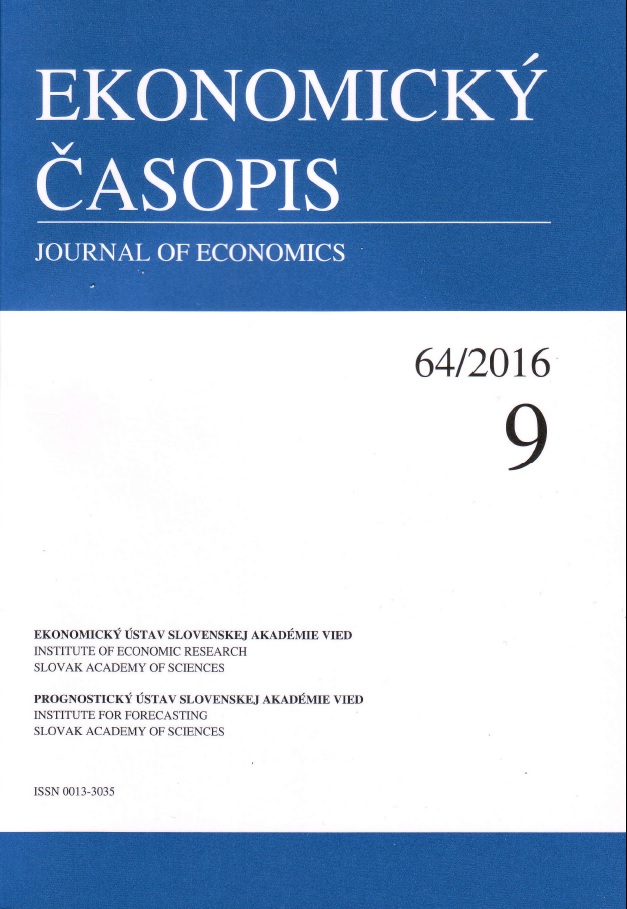What Causes the VAT Gap?
What Causes the VAT Gap?
Author(s): Hana Zídková, Ján PavelSubject(s): Economy, Public Finances
Published by: SAV - Slovenská akadémia vied - Ekonomický ústav SAV a Prognostický ústav SAV
Keywords: tax evasion; VAT gap; determinants of VAT gap; theoretical VAT liability
Summary/Abstract: This paper is focused on the possible factors influencing the value added tax (VAT) gap. The VAT gap is an estimate of unpaid VAT in the economy calculated as the difference between the theoretical VAT liability and VAT actually paid into the state budget. It is often expressed in relative terms as a percentage of unpaid VAT from the theoretical VAT that would be collected if all taxpayers report and pay VAT in full. The high value of this indicator may imply problems with tax evasion and inefficiency within the tax system. The article summarises the existing studies quantifying the VAT gap and seeking to identify the relationship between the VAT gap or VAT revenues and various economic, tax and social factors present in individual countries. The panel regression and pooled regression models were used in this paper to identify the statistically significant variables that have an impact on the VAT gap. From 21 variables, only four factors proved to be statistically significant. The analysis revealed that the increase in the ratio of VAT revenues to GDP causes a reduction in the VAT gap. Further findings were that if the standard VAT rate and the difference between the standard and reduced VAT rate are increasing, the VAT gap grows. Finally, the control variable – share of household consumption in GDP is increasing the VAT gap.
Journal: Ekonomický časopis
- Issue Year: 64/2016
- Issue No: 09
- Page Range: 811-826
- Page Count: 16
- Language: English

